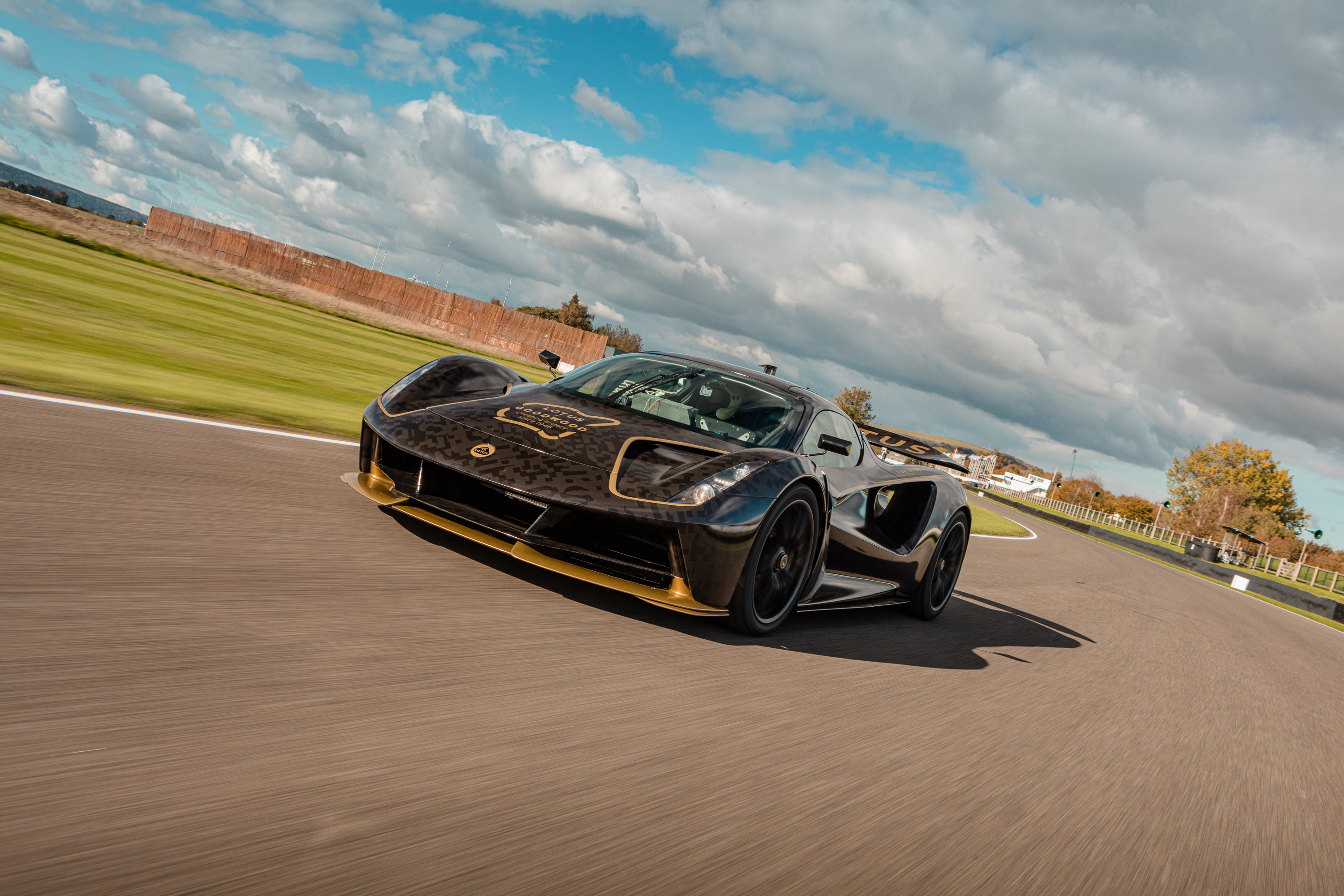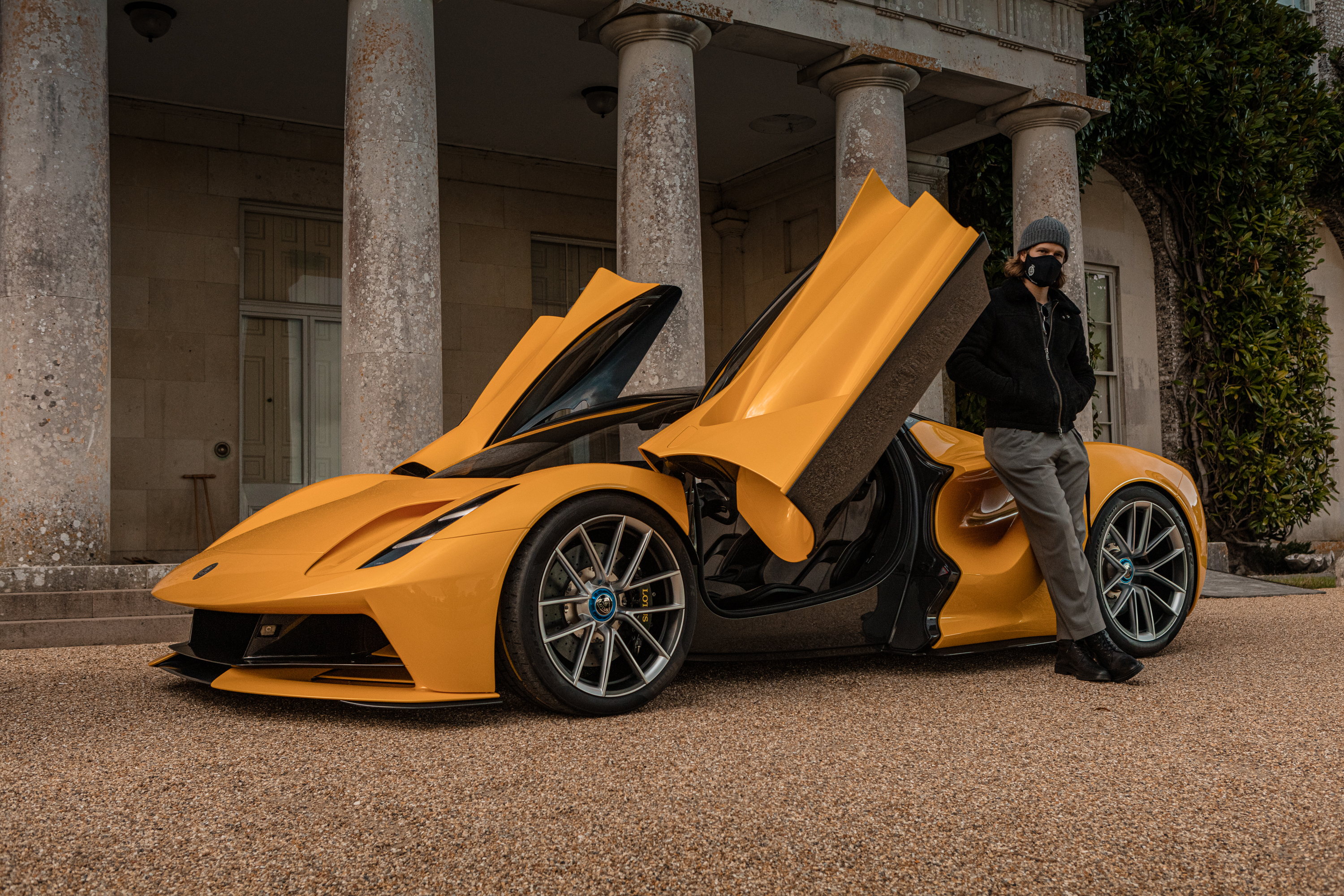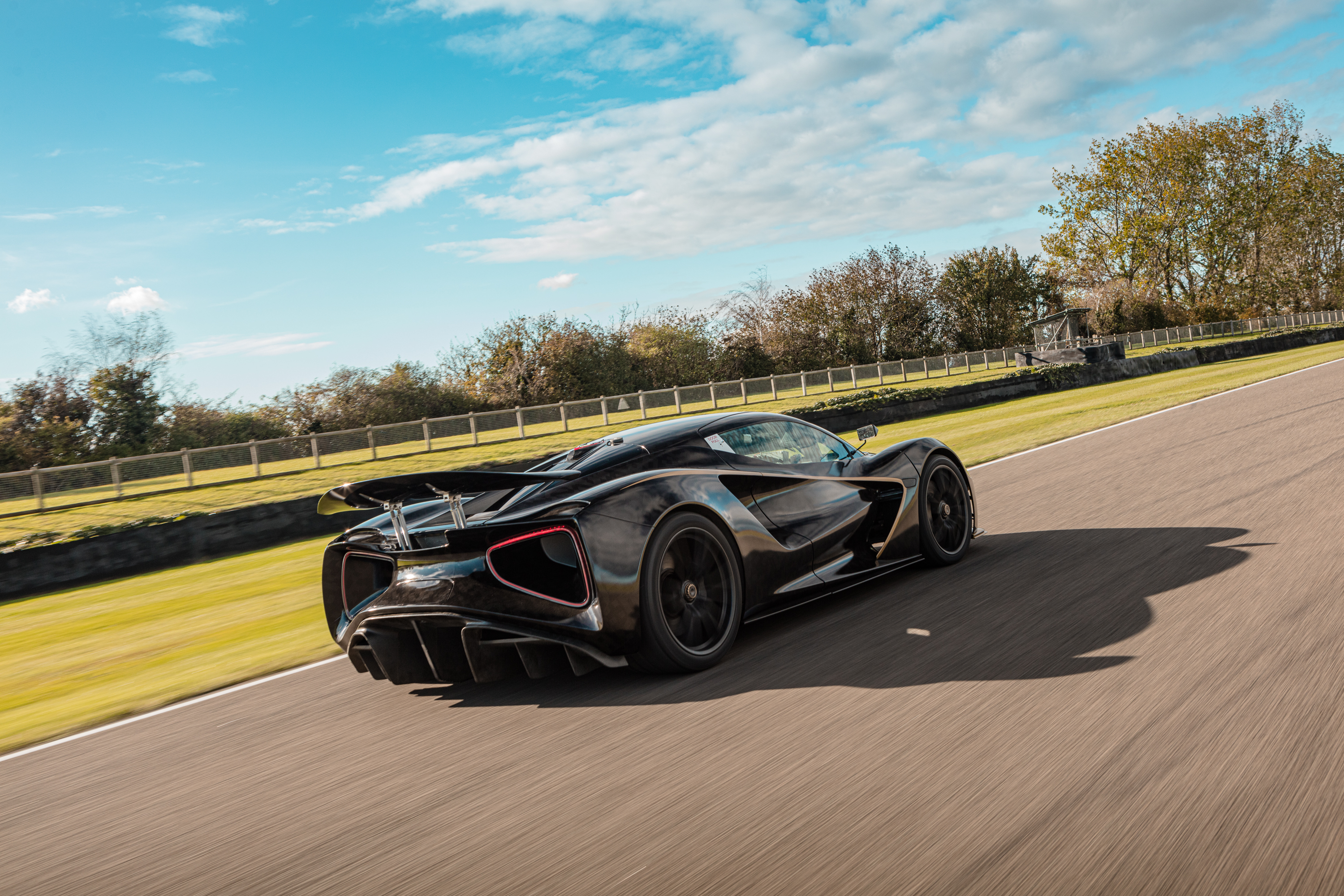Lotus Evija 2021 price, 0-60, top speed, specs, and more
The Lotus Evija is the first all-electric British hypercar, and looks set to be world’s most powerful series production EV

Release Date: Sold Out
Price: $2.3 million
Power: 2,000 hp
Battery range: 215 miles (WLTP)
0-60 mph: < 3.0 seconds
Smarts: Apple CarPlay, Android Auto, cloud connectivity
The Lotus Evija is a pretty unlikely car. The automaker is best known for compact, lightweight, and brilliantly styled sports cars. So its entry into high-performance EV market is a strange one. But with over 2,000bhp and a top speed above 200mph, it looks set to take on the big wigs in the battle of extreme electrical performance driving.
But with a price tag of over £2 million (or $2.3 million), it's also well out of your price range. In fact that figure means it's going to be one of the rarest cars in existence, and Lotus itself only intends to make 130 models — a tribute to the Lotus Type number 130. And, with that price tag comes quite personal customization options, meaning no two Evijas will be the same.
Here's everything you need to know about the Lotus Evija.
- These are the best electric cars you can buy right now
- Electric car charging stations near me: Where to charge your electric car

This battery pack is mounted centrally behind the passenger compartment, and, as with certain Ferrari models, its cover is visible through the glass rear screen. The location is better for packaging, stability and more convenient servicing and maintenance, according to its maker.
Here’s everything else we know about the Lotus Evija.
Lotus Evija: Price and release date
Seeing as this is a limited production run hypercar, Lotus hasn’t been quick to release official pricing and trim structures, encouraging potential customers to “get in touch” so they can work out the perfect car for the interested party.
That said, Lotus has touted a figure in excess of £2 million - or in excess of $2.3million if you’re buying in the U.S. However, the Evija won’t be street legal in the States, where it will only be sold as a track car. A £250,000/$350,000 deposit currently secures a production build slot.
Get instant access to breaking news, the hottest reviews, great deals and helpful tips.
Production of the Evija was delayed due to the global pandemic, but first customers were supposed to receive their vehicles by the close of 2021. It's not clear whether that actually happened or not
However, recent media test drives were performed in a prototype machine that eschewed much of its interior fit and finish, so it’s still not entirely clear when a final production model will be ready.
The lofty price tag means things like specification and trim level are very much up to the customer, although an advanced infotainment system with high-def screen comes as standard. That’s required to display a feed from the cameras, which are located where traditional wing mirrors would sit. An additional camera is mounted on the roof, and provides a centralised view of the road ahead.

Lotus Evija: Design and interior
The Lotus Evija’s striking exterior design is largely down to the sheer number of aerodynamic advances that have been used to improve battery cooling, increase downforce and assist with its ability to corner at high speed.
Russell Carr, Design Director, Lotus Cars, says of his design: “During the initial design stage we spent many hours studying images of geological forms – rocks that had been carved by nature over the centuries. We believe we’ve captured these beautiful, intriguing and elemental lines within the Evija.”
Arguably most visually arresting of all is the rear, which packs two enormous “Venturi” tunnels that direct air flow through the body shell. These are trimmed with red LEDs to form an impressive rear light signature.
Lotus fans will also notice clever nods to classic vehicles, such as the bi-plane front splitter, which is divided into three sections, the largest of all helps cool the battery pack, while the outer segments cools the front e-axle. The design of this is said to be a respectful nod to the iconic Type 72 Formula 1 car, with its square front central section and two side wings.
Inside, much of the cabin has drawn inspiration from Lotus prototype racing cars from the late fifties and early sixties. Entry to the exposed and almost industrial looking cabin is provided by two theatrical dihedral doors. Once inside, a button mounted to the roof closes these doors - another hint to the Lotus Esprit Turbo of the late seventies, which featured a similar roof-mounted console.

Even the steering wheel is non-traditional. It offers a Le Mans racer flattened shape, while a central toggle switch cycles through the various driving modes - Range, City, Tour, Sport and Track. Ahead of the steering wheel is the cutting edge digital display, providing the driver with key information such as mode, battery charge and remaining range.
Lotus Evija: Performance and range
Lotus is targeting 2,000hp, making its Evija the most powerful series production vehicle ever made. Torque output is slated to be a heady 1,700 Nm (1254 lb-ft of torque), with bespoke torque vectoring systems keeping all that power in check.
The industry standard 0-62mph sprint will be taken care of in under three seconds, while it will take just shy of 9 seconds to hit 186mph. Top speed will be around 200mph, although Lotus is currently being conservative with that figure.
An equally impressive overall weight of just 1,680 kg (just over 3,700 pounds) - this will also make it the lightest hyper EV on sale - ensures that the WLTP Combined all-electric range is pegged at 215-miles. Although expect that number to drastically reduce when putting in the hard miles around the circuit.
Fast charging from a 350kW outlet is possible, meaning topping up those mammoth battery packs would take 18 minutes. That said such high speed charging stations are few and far between, with only a handful available in the U.K. and U.S. at the time of writing.

Lotus Evija: Performance rivals
Rivals in the pure EV hypercar market are few and far between, with only a handful of names able to contend in terms of performance and pure theater.
Relative newcomer Rimac (whom you might know for its Porsche Taycan battery pack technology) unveiled the C_Two in 2018, with its four electric motors producing a combined 1,914hp and 2,300Nm of torque. Although it is heavier than the Lotus thanks to the fact it sports lasers, sensors and LIDAR systems for high levels of autonomous driving.
Italy’s Pininfarina Battista is also worth noting, as this stunning machine boasts a 120kWh lithium-ion battery pack and produces around 1,900bhp and 2,300Nm of torque. Expect eye-watering performance and an equally painful price tag of around £2m per car - of which 150 will ever be made.
- More: How long does it take to charge an electric car? What you need to know
